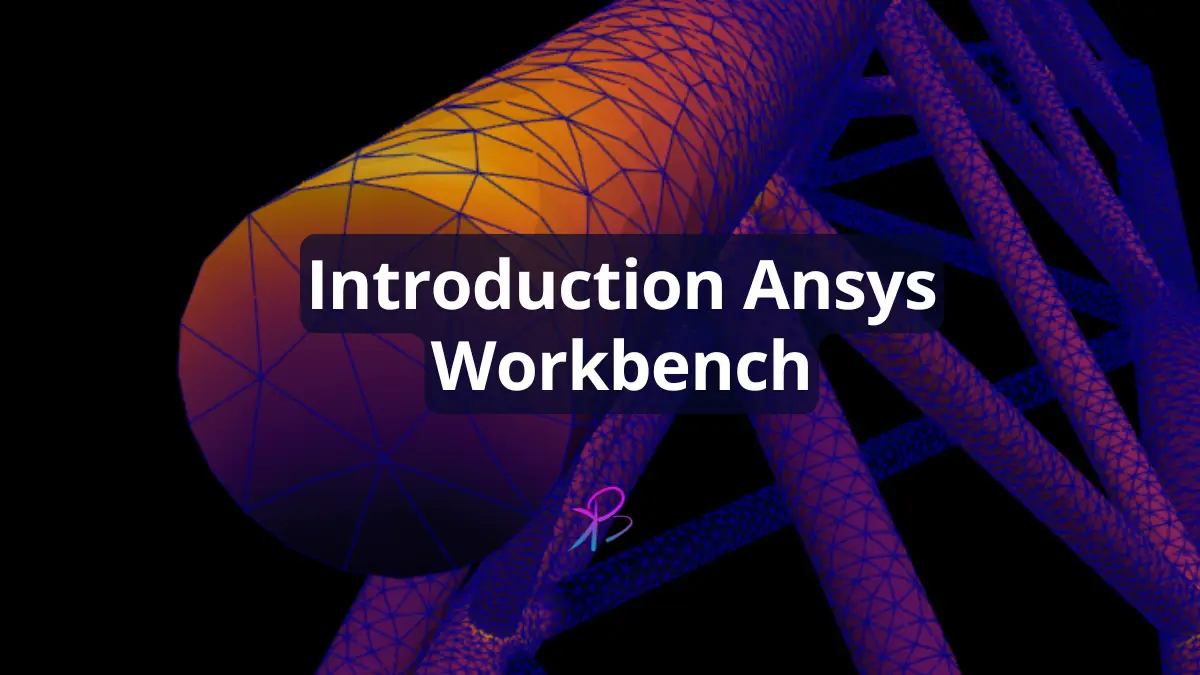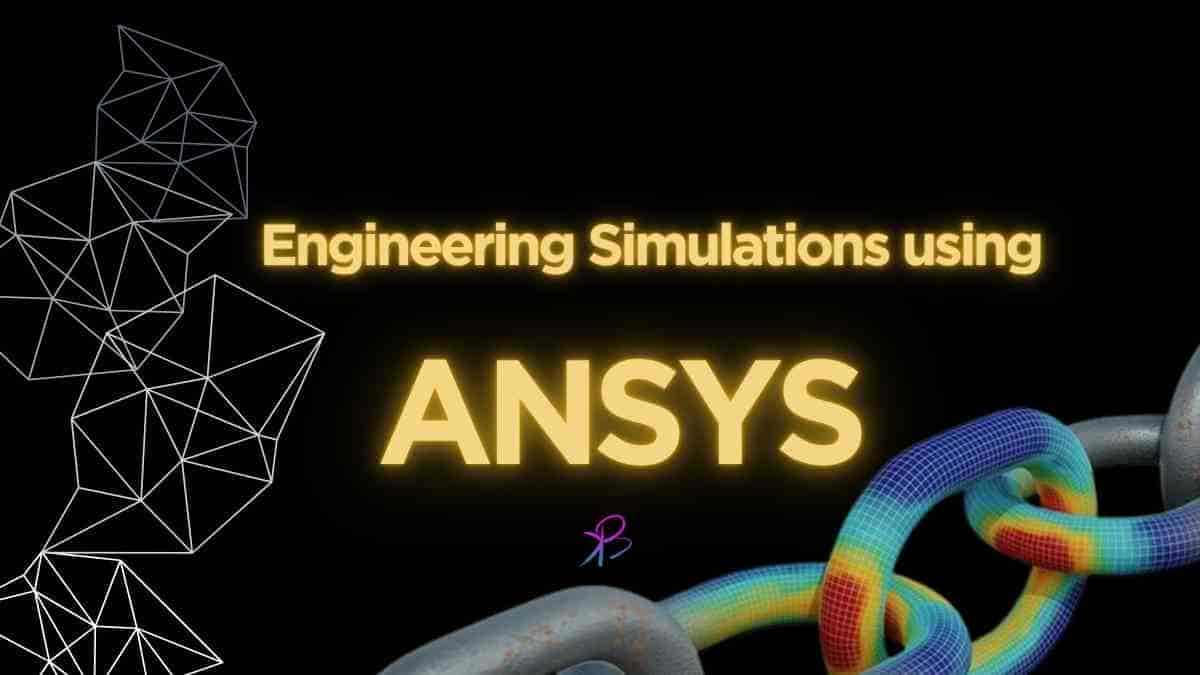Engineering innovation has always relied on two critical factors: creativity and precision. In the world of modern engineering, the tools that bridge the gap between these two factors are indispensable. Among these tools, ANSYS Workbench stands out as a leading simulation platform that has revolutionized the way engineers design, test, and optimize products. This article […]
Introduction Ansys Workbench





